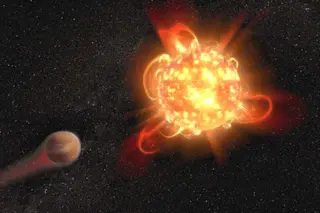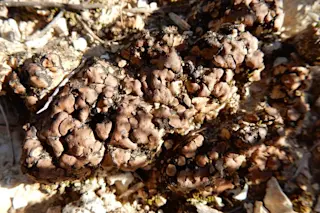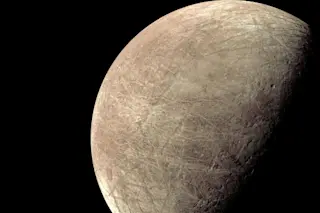(Inside Science) — Shifting, slipping and colliding tectonic plates played an essential role in the emergence and evolution of life on Earth. Such tectonic activity generated volcanoes that spewed carbon dioxide and other gases into the air. Rain brought the gases down to Earth, where they were pushed underground again by moving plates. For billions of years the cycle has regulated the climate and stabilized the temperature, which helped enable life to arise.
Plate tectonics like what’s seen on Earth seems rare — no other world in our solar system has tectonic activity currently — but scientists now argue there could be a different way to generate an active crust on alien worlds.
The researchers argue that a planet orbiting close to its host star can experience stresses from that host’s gravitational pull. Those stresses then weaken the outer crust, aiding or generating plate tectonics similar to those seen on ...














